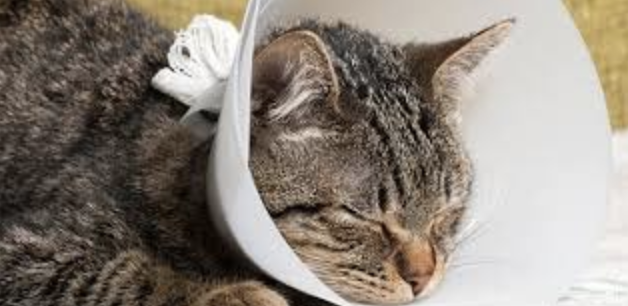
Determining if your cat is in pain can be challenging, as cats are adept at hiding discomfort. However, there are several signs and behaviours that can indicate pain in your feline friend. Understanding these can help you seek veterinary care promptly and ensure your cat’s well-being.
Behavioural Changes:
- Reclusiveness: A cat in pain may hide more than usual.
- Aggression: increased aggression when touched or approached.
- Grooming Habits: Over-grooming a specific area or neglecting grooming altogether.
Eating and drinking habits:
- Decreased Appetite: A reduction in food intake can signal discomfort.
- Water Intake: Changes in drinking habits may indicate pain.
- Litter Box Usage: Straining to urinate or defecate can be a sign of pain.
Physical Signs:
- Limping: difficulty walking or favouring one limb.
- Difficulty Jumping: Trouble climbing stairs or jumping onto surfaces.
- Posture Changes: Alterations in the way your cat sits or lies down.
Vocalisations:
- Increased Meowing: More frequent vocalisations.
- Growling or hissing: signs of discomfort or pain.
- Purring: This can sometimes be a self-soothing behaviour in a painful cat.
Facial Expressions:
- Squinting: Eyes partially closed more than usual.
- Furrowed Brow: Tension in the facial muscles.
If you notice any of these signs, it is crucial to get in touch with the team at Pet Doctor. We can perform a thorough examination and provide appropriate treatment to alleviate your cat’s pain, improving their quality of life.
